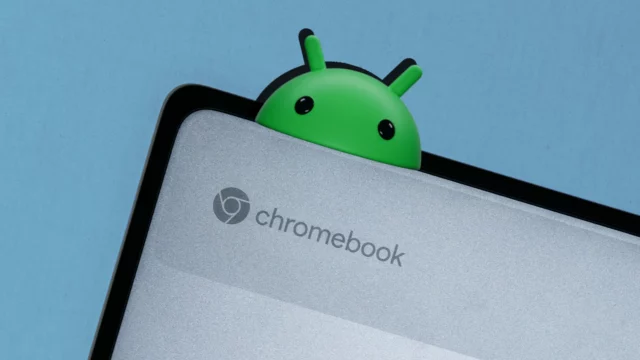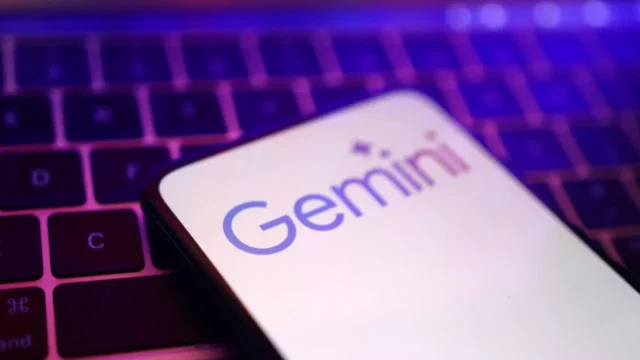Ayaneo isn’t even pretending to play nice. Just hours before Anbernic opens global pre-orders for its RG476H, Ayaneo has announced a surprise Pocket AIR Mini “sharing session” and it’s not hard to guess the motive.
Ayaneo Pocket AIR Mini set to undercut RG476H

Anbernic’s RG476H lands with a $299 price tag, a 4.7-inch display, and the Unisoc T820 chip, plenty of muscle for a retro gaming handheld. But Ayaneo’s Pocket AIR Mini might grab attention for one reason alone: price.
Originally teased at under ¥999 (~$140), Ayaneo has since lowered expectations (and likely blood pressure) by confirming the device will start below ¥799 (~$112). That’s roughly 25% cheaper than the RG476H a meaningful gap in this hyper-competitive niche.
What we know about the Ayaneo Pocket AIR Mini
Details are still limited, but Ayaneo has already confirmed a few core specs:
- 4.2-inch display
- 1280 x 960 resolution
- 4:3 aspect ratio
It’s a smaller panel than the RG476H’s 4.7-inch screen, but the 4:3 layout caters better to classic game libraries. The company hasn’t revealed CPU, GPU, battery, or software details yet, but with a livestream teased for later today, more should come into focus soon.
Ayaneo’s timing isn’t subtle, and that’s the point
With its Pocket AIR Mini reveal set for the same day as Anbernic’s big RG476H release, Ayaneo is clearly aiming to draw attention and maybe wallets away. Whether this “sharing session” is a full launch or just a spec dump, the overlap is intentional.
This kind of direct interference isn’t new in the handheld scene, but it’s rarely this bold. Ayaneo isn’t just releasing a competitor. It’s doing it with a grin.
Can Ayaneo’s budget move shake up the market?
The question isn’t whether the Pocket AIR Mini is cheaper; it is. What matters is how much it delivers at that lower price point. If Ayaneo manages to squeeze decent specs into this sub-$120 device, it could shift expectations for what budget handhelds can offer.
Anbernic may have the spec sheet, but Ayaneo is swinging for strategy. And sometimes, timing hits harder than hardware.














